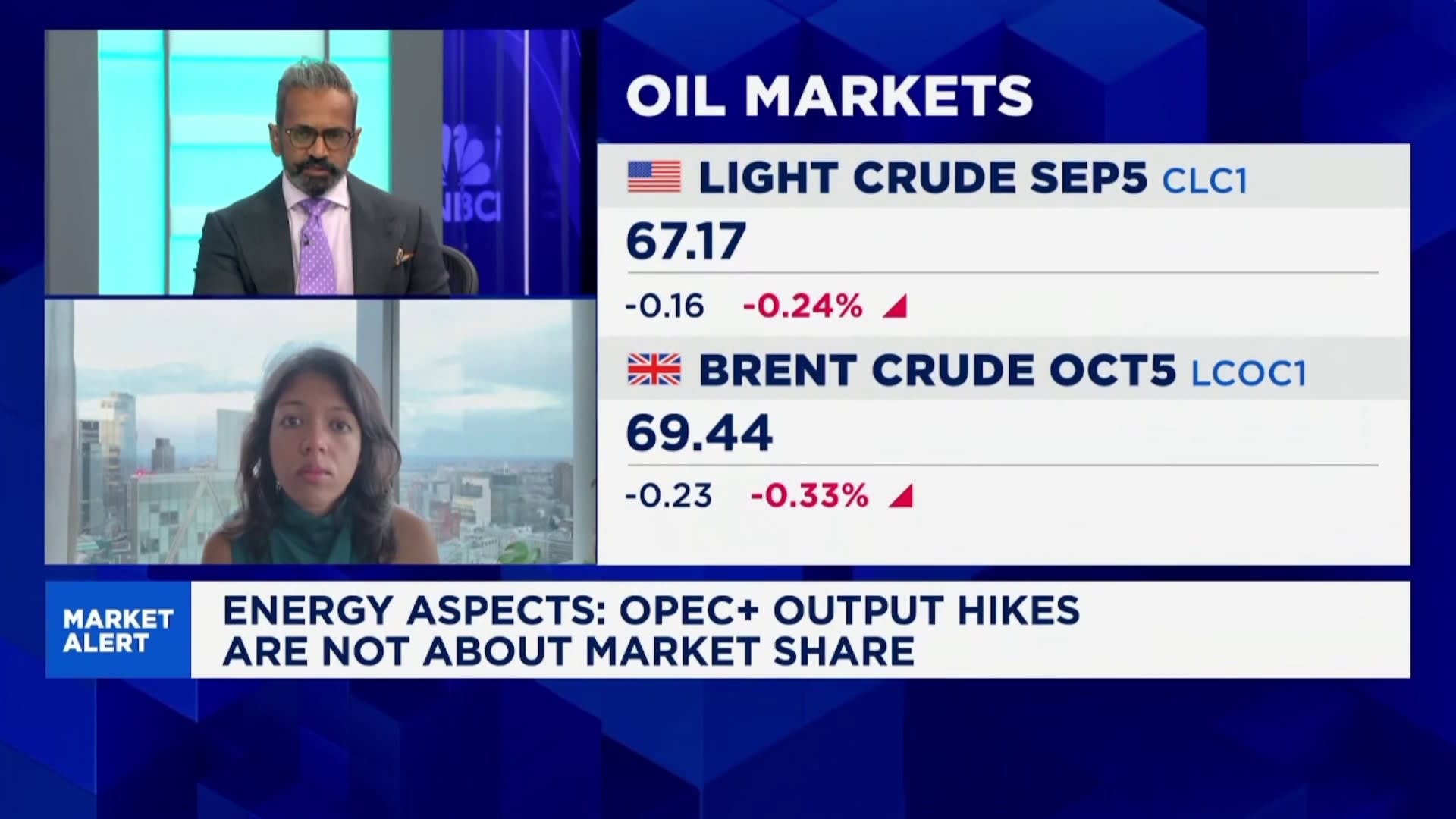The Organization of the Petroleum Exporting Countries (OPEC) has clarified its strategic focus, emphasizing stability over market share in its oil production policies. In a recent analysis by the energy consultancy firm, Energy Aspects, the report highlights that OPEC’s decisions are driven primarily by the need to maintain price stability rather than simply increasing or defending market share.
According to the report, the dynamics of the global oil market have shifted, necessitating a reevaluation of OPEC’s approach. The organization, which includes major oil-producing nations such as Saudi Arabia and Russia, has been implementing production cuts to counterbalance a potential surplus and stabilize fluctuating prices. This strategy aligns with a broader goal of ensuring long-term sustainability in the oil market, particularly as the global economy faces various uncertainties.
Production Cuts as a Strategic Tool
OPEC’s recent production cuts, which began in early 2023, aim to reduce supply and support oil prices amidst a backdrop of economic volatility. The analysis from Energy Aspects underscores that these cuts are not merely tactical maneuvers to capture market share from non-OPEC producers. Instead, they reflect a commitment to maintaining orderly markets, even if it means sacrificing some potential market share in the short term.
As of October 2023, OPEC’s collective production has decreased significantly, with an average reduction of approximately 1.5 million barrels per day. This adjustment has been instrumental in preventing a dramatic drop in oil prices, which could have adverse effects on the economies of member countries, many of which rely heavily on oil revenues.
The report also draws attention to the implications of these policies for global oil prices. By prioritizing stability, OPEC is positioning itself to mitigate price swings that can destabilize not only the oil market but also broader economic conditions worldwide. Analysts note that this approach could lead to a more predictable pricing environment, benefiting both producers and consumers.
Looking Ahead: OPEC’s Long-Term Vision
Energy Aspects indicates that OPEC’s strategy is not a reaction to immediate market pressures but part of a long-term vision for the oil sector. The organization aims to adapt to changing energy demands and the increasing influence of renewable energy sources. This forward-thinking approach acknowledges that while oil will remain a critical energy source for the foreseeable future, the landscape is evolving.
In this context, OPEC’s focus on stability may serve as a model for other industries facing similar challenges. The balance between supply and demand, as well as the need for sustainable practices, is becoming increasingly relevant across sectors. By placing stability at the forefront of its strategy, OPEC seeks to ensure its relevance in an ever-changing global market.
The insights from Energy Aspects provide a deeper understanding of OPEC’s current policies and future directions. As the organization navigates complex market conditions and geopolitical factors, its commitment to stability will likely shape the oil landscape for years to come.



































































